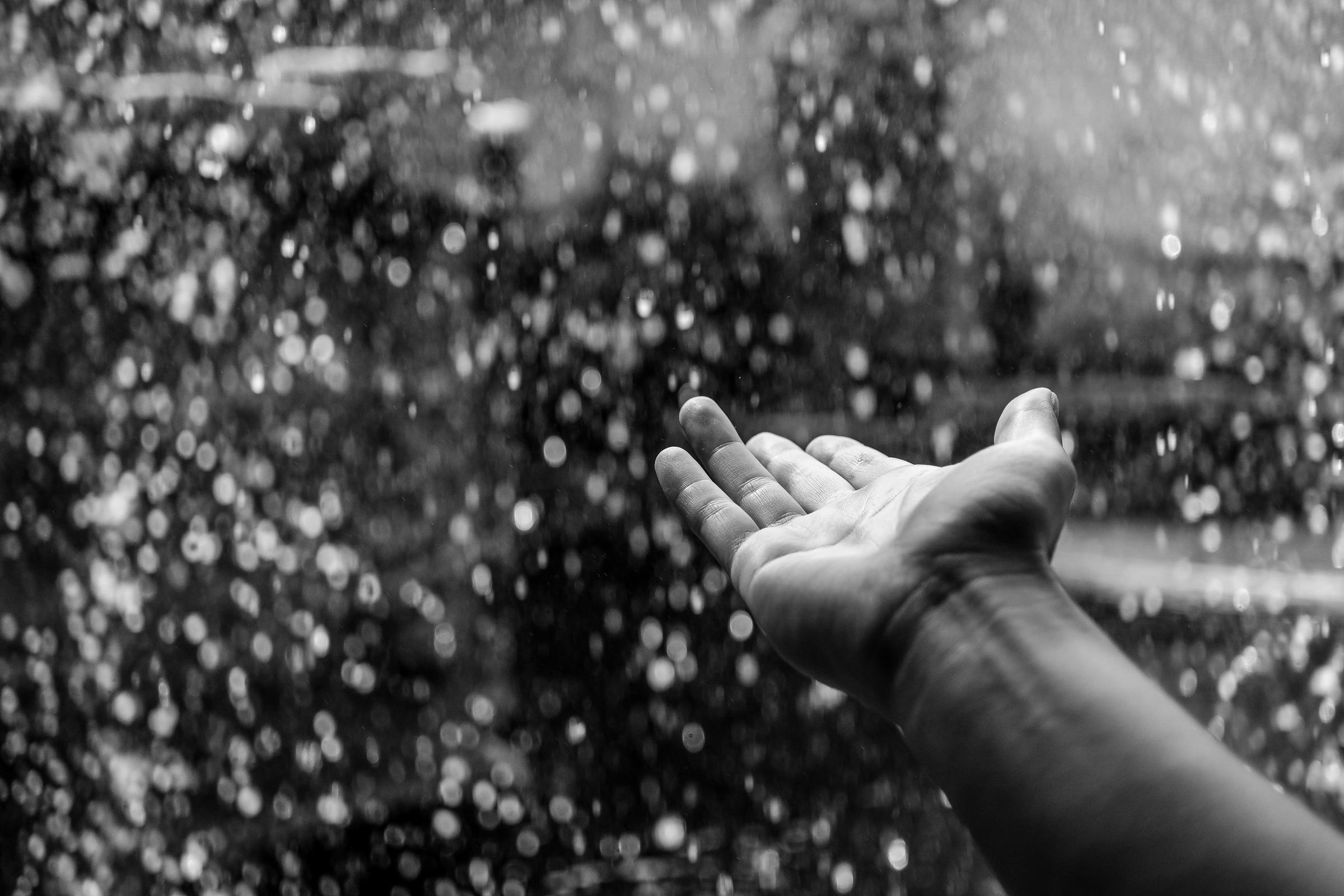Hey everyone!
Thank you all for the positive responses to my blog! It gives me the illusion that by writing words on the Internet I will find a purpose, or maybe even a meaning in life. Funny, right?
I first want to talk address some of the misconceptions I inadvertently introduced in my last post. Chinese character fall into 5 categories:
- pictograms which are essentially pictures of things such as 木 which means "tree".
- ideograms that picture of concepts, such as 林: two trees mean a forest; 森 three trees mean... Many trees.
- ideographs which are compound characters made of two or more parts that add meaning, such as a woman (女) and a child (子) make up 好, which means "good", because it's good for a woman to have a child. #feminisminancientchina
- phonetic loan characters occur when two words happen to have the same pronunciation and one of them has a much more complicated character, but is more common to use in day-to-day life. Sometimes the more commonly used word overtakes the character of the less commonly used one for ease of expression.
- phono-semantic characters are made of multiple components, one of which carries some amount of meaning, while the other carries a clue about how the character should be pronounced. Example: 沐 (mù) means to wash oneself, and it consists of a semantic component 氵(water) and a tree 木, which happens to have the same pronunciation mù. Convenient and easy to remember, right?
Pictograms, ideograms and ideographs make up only tiny amount of all characters, the rest belong to the phonetic loan or phono-semantic categories and as such the origin of the characters are not immediately discernible. The character from the previous blogpost, 破 (stone + skin = break) is a phono-semantic character where the stone (石) is the semantic component and the skin (皮) is the phonetic. The mnemonic I described is purely made up mostly for my entertainment and is not in any way correlated to the meaning. We can find many examples of accidental correlations such as the chart below.
 When you think your data is correlated but in reality it really fuckin' isn't. Image source: Tyler Vigen
When you think your data is correlated but in reality it really fuckin' isn't. Image source: Tyler VigenNow, for the moment we have all been waiting for, the hanzi of the day:
雨 (yǔ) is beautiful pictogram that means rain. It depicts rain falling from the sky (duuh) but nowadays it looks (at least to me) like a shower emoji. We have records of the character evolution:
 Left to right: Oracle bone script, Bronze inscriptions, Large seal script and Small seal script
Left to right: Oracle bone script, Bronze inscriptions, Large seal script and Small seal script source: wikipedia
You can clearly see how the initially when it was first developed the image was easy to recognize, but throughout the ages the stylization makes it somewhat more difficult to decode (except that one of them looks like a mutant elephant...). Spend your rainy days learning more Chinese!
Nick


